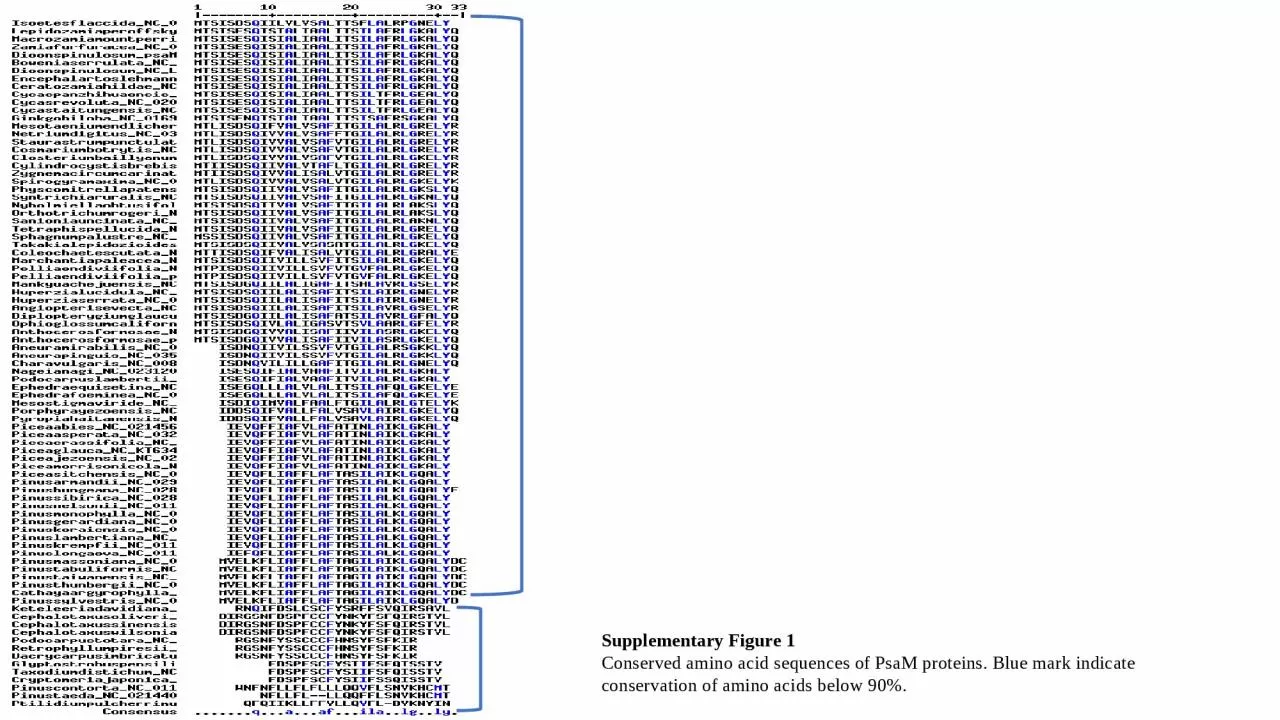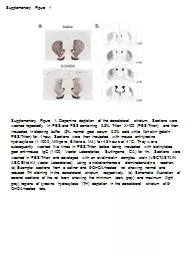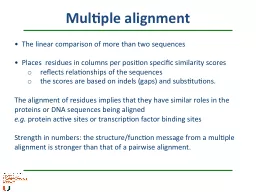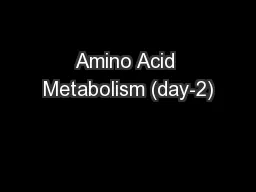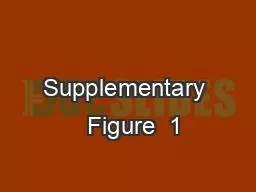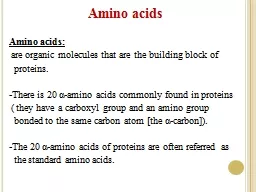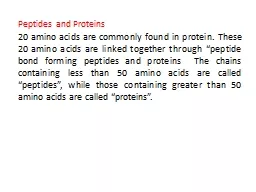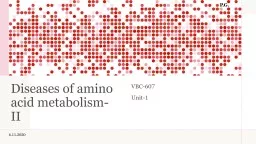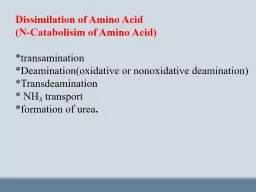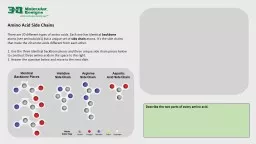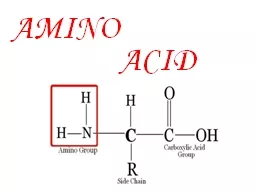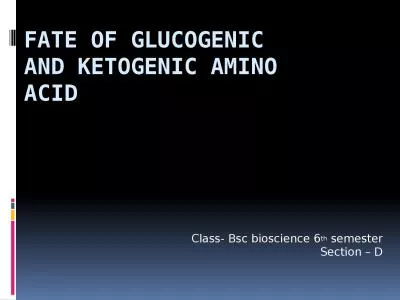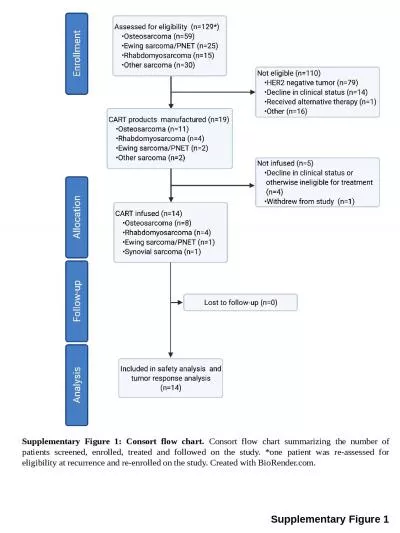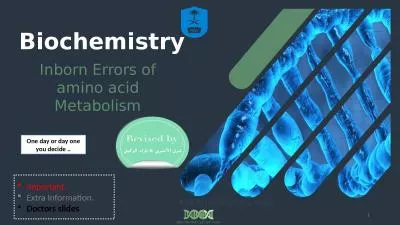PPT-Supplementary Figure 1 Conserved amino acid sequences of
Author : pagi | Published Date : 2024-02-16
PsaM proteins Blue mark indicate conservation of amino acids below 90 Supplementary Figure 2 A Phylogenetic tree of PsaM genes showing five clusters mentioned
Presentation Embed Code
Download Presentation
Download Presentation The PPT/PDF document "Supplementary Figure 1 Conserved amino a..." is the property of its rightful owner. Permission is granted to download and print the materials on this website for personal, non-commercial use only, and to display it on your personal computer provided you do not modify the materials and that you retain all copyright notices contained in the materials. By downloading content from our website, you accept the terms of this agreement.
Supplementary Figure 1 Conserved amino acid sequences of: Transcript
Download Rules Of Document
"Supplementary Figure 1 Conserved amino acid sequences of"The content belongs to its owner. You may download and print it for personal use, without modification, and keep all copyright notices. By downloading, you agree to these terms.
Related Documents

